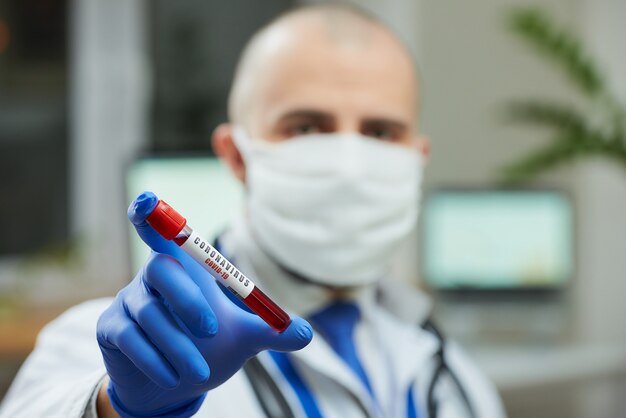Does Medicare Pay for PRP Injections? Here's the Essential Info You Need
In the world of cutting-edge medical treatments, Platelet-Rich Plasma (PRP) injections have gained significant attention for their potential to accelerate healing. PRP therapy involves using a concentration of a patient's own platelets to speed up the healing of injured tendons, ligaments, muscles, and joints. A question often asked is, does Medicare cover this innovative treatment? Let's explore the answer and what steps you might take if PRP is part of your health regimen.
Understanding Medicare's Coverage
Medicare, the federal health insurance program, typically covers medically necessary treatments under its various parts. However, when it comes to PRP injections, the situation is nuanced. Traditional Medicare (Part A and Part B) does not generally cover PRP therapy because it is often categorized as an experimental treatment. Medicare coverage extends to treatments that are deemed necessary and effective for health conditions based on scientific evidence.
PRP's classification as experimental affects its eligibility under most insurance conditions, including Medicare. That said, it's worth noting that PRP therapy might be covered for specific conditions if there is substantial evidence supporting its effectiveness, and the local Medicare Administrative Contractor (MAC) approves it. Hence, coverage can vary depending on the area and circumstances.
Navigating Financial Options
If PRP injections are not covered by Medicare, do not lose hope. Here are some strategies to help manage the costs:
Explore Additional Coverage Plans
- Medicare Advantage Plans (Part C): Some of these plans might offer additional coverage that includes treatments not covered by traditional Medicare. It's crucial to check with specific providers as benefits vary widely.
- Supplemental Insurance: Medigap policies can fill some gaps left by traditional Medicare, though they typically do not cover PRP either. Still, they may offer other indirect benefits or savings that might make certain treatments affordable in other ways.
Research Financial Assistance Programs
Government and non-profit organizations often offer financial assistance to cover healthcare costs. Research available programs that might provide support for alternative treatments like PRP.
Additional Avenues for Assistance
Engaging in alternative methods for financial relief can also be beneficial:
- Government Assistance Programs: Programs like Medicaid or state-specific health initiatives sometimes have broader coverage.
- Flexible Spending Accounts (FSAs) and Health Savings Accounts (HSAs): These can be used to pay for PRP treatments, offering a way to use pre-tax dollars for medical expenses.
- Medical Loans or Payment Plans: Some clinics may offer financing options to make the cost more manageable over time.
Consider Educational and Credit Resources
In addition to exploring medical assistance programs, looking into broader financial stability resources can be advantageous. For those juggling many expenses, consider these options:
- Educational Grants: If you're returning to education for a career change, educational grants might alleviate some financial burdens, freeing up personal funds for healthcare.
- Credit Card Solutions: While not a long-term fix, specific credit cards with zero-interest promotional periods might provide temporary relief. Always use these carefully to avoid debt accumulation.
Taking these valuable steps and exploring all resources can significantly relieve financial burdens associated with medical treatments like PRP injections. Although navigating the financial landscape can be daunting, these pathways offer alternative means to maintain your health without compromising financial stability.
Financial Assistance and Resource Highlights
- 💡 Medicare Advantage Plans: Check for PRP coverage specifics.
- 🏥 Medicaid and State Programs: Explore for broader health coverage.
- 💳 FSAs/HSAs: Pay for treatments with pre-tax funds.
- 💸 Government Aid: Look into programs for financial support.
- 📚 Educational Grants: Use for personal financial relief.
- 🏦 Credit Solutions: Utilize responsible credit options for medical needs.

Related Topics
- a Medical Provider That Accepts Medicare Assignment Must
- a Medical Provider That Accepts Medicare Assignment Must Quizlet
- a Medicare Patient Received Treatment That Isn't Covered By Medicare
- a Medicare Patient Receives Treatment That Isn't Covered By Medicare
- a Medicare Supplement Basic Benefit Is Quizlet
- a Medicare Supplement Companies
- a Medicare Supplement Policy Is Quizlet
- a Medicare Supplement Policy Must Not Contain Benefits Which
- a Patient Received Treatment In August Medicare
- Am I Eligible For Medicare